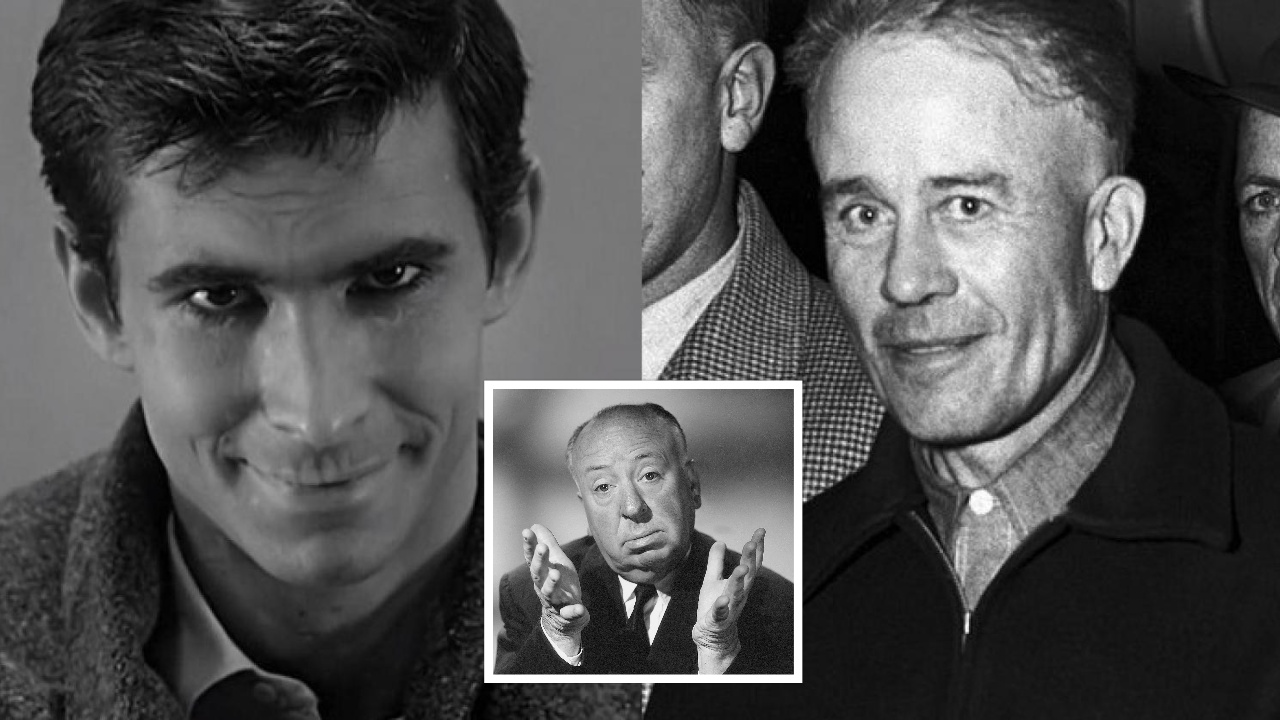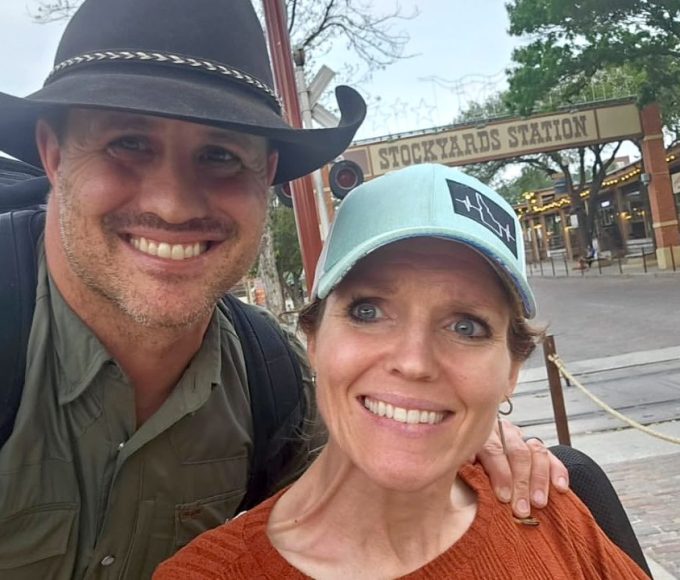While many film buffs can recite the shower scene from Alfred Hitchcock’s Psycho by heart, far fewer know the name of the real-life killer who inspired the entire film. That man was Ed Gein, a reclusive farmer from Plainfield, Wisconsin, whose gruesome crimes in the 1950s sent shockwaves through America and provided the raw, terrifying material for one of cinema’s most infamous monsters, Norman Bates.
This fascinating and dark connection between reality and fiction is explored in the new Netflix series Monster: The Ed Gein Story, which dives into how a seemingly unassuming man became the unlikely blueprint for modern horror. The show, starring Charlie Hunnam as Gein, doesn’t just tell his story; it weaves in the tales of the filmmakers, like Alfred Hitchcock, who were drawn to his macabre tale, creating a narrative about how real-life terror can reshape our popular culture.
The story begins not on a Hollywood soundstage, but in the frozen fields of rural Wisconsin. Ed Gein was a deeply isolated man, raised under the thumb of his domineering and fanatically religious mother, Augusta. After her death, his psyche fractured. When authorities finally searched his decrepit farmhouse in 1957, they uncovered a house of horrors that would become the stuff of legend: they found furniture and objects made from human skin, skulls, and other body parts, including the decapitated body of a local woman, Bernice Worden.
Gein confessed to killing two women and robbing numerous graves, claiming his actions were driven by a desire to “re-create” his mother. This profoundly disturbing relationship between a son and his mother, and the unspeakable acts that followed her passing, became the central kernel of truth that would soon capture the imagination of a master filmmaker.
From Plainfield to the Bates Motel: How Ed Gein Inspired an Alfred Hitchcock Classic
The leap from Gein’s Wisconsin farm to the iconic Bates Motel was made possible by writer Robert Bloch, who lived just 50 miles from Plainfield and based his 1959 novel Psycho on the shocking case. When Alfred Hitchcock acquired the rights to the novel, the connection was cemented. Hitchcock, played by Tom Hollander in the Netflix series, saw the cinematic potential in Gein’s story. The film’s screenwriter, Joseph Stefano, and Hitchcock made key changes, transforming the novel’s middle-aged, overweight Norman Bates into a more sympathetic, shy young man as portrayed by Anthony Perkins.
Despite these alterations, the core parallels are undeniable. Both Norman Bates and Ed Gein were solitary figures trapped by an unhealthy, obsessive devotion to their mothers. Both preserved their mothers’ bodies and developed fractured psyches—Norman as his “Mother” personality, and Gein by hearing his mother’s voice and attempting to construct a new version of her from human remains. As the Netflix series highlights, this real-life connection even influenced the film’s marketing, with Alfred Hitchcock famously insisting that no one be admitted to theaters after the film began, a directive re-created in Monster.
“You’re the one that can’t look away.”
Charlie Hunnam stars in Monster: The Ed Gein Story. Premiering October 3. pic.twitter.com/Gw1js3tuyp
— Netflix (@netflix) September 15, 2025
The legacy of Ed Gein extends far beyond the black-and-white suspense of Psycho. His gruesome discoveries became a kind of dark wellspring for an entire genre. His habit of skinning victims and using human remains to fashion masks and furniture directly inspired Leatherface and the family of cannibals in Tobe Hooper’s The Texas Chain Saw Massacre. Furthermore, the character of Buffalo Bill in The Silence of the Lambs, with his quest to create a “woman suit” from his victims’ skin, is another direct descendant of the Gein lineage.
You Might Like: Mark Sanchez’s 3 Kids: Meet His Son and Twin Daughters
The new Netflix series makes a point of showing how these iconic films, in turn, were born from the same source, even recreating behind-the-scenes moments with the directors and actors who brought these Gein-inspired stories to life. This creates a fascinating, if unsettling, meta-narrative about how one man’s crimes have been endlessly refracted through the lens of popular culture, shaping our collective understanding of horror for decades.
The ending of Psycho (1960) is legendary. One of cinema’s darkest, most haunting finales.
pic.twitter.com/A6FLySe5Ja https://t.co/EEC0yBUp9b
— cinesthetic. (@TheCinesthetic) September 12, 2025
Ultimately, the story of Ed Gein and Psycho is more than a piece of film trivia. It’s a compelling look at the uncomfortable relationship between real-world tragedy and the stories we tell for entertainment. The new Netflix series leans into this very idea, challenging viewers to consider who the real “monsters” are—the damaged individuals who commit heinous acts, or the society that sensationalizes and consumes their stories.
The next time you feel a chill watching Norman Bates stare blankly in that jail cell, remember the strange and terrible journey his character took from a quiet farm in Wisconsin to the silver screen, a journey that forever blurred the line between the boy next door and the monster hiding in plain sight.












